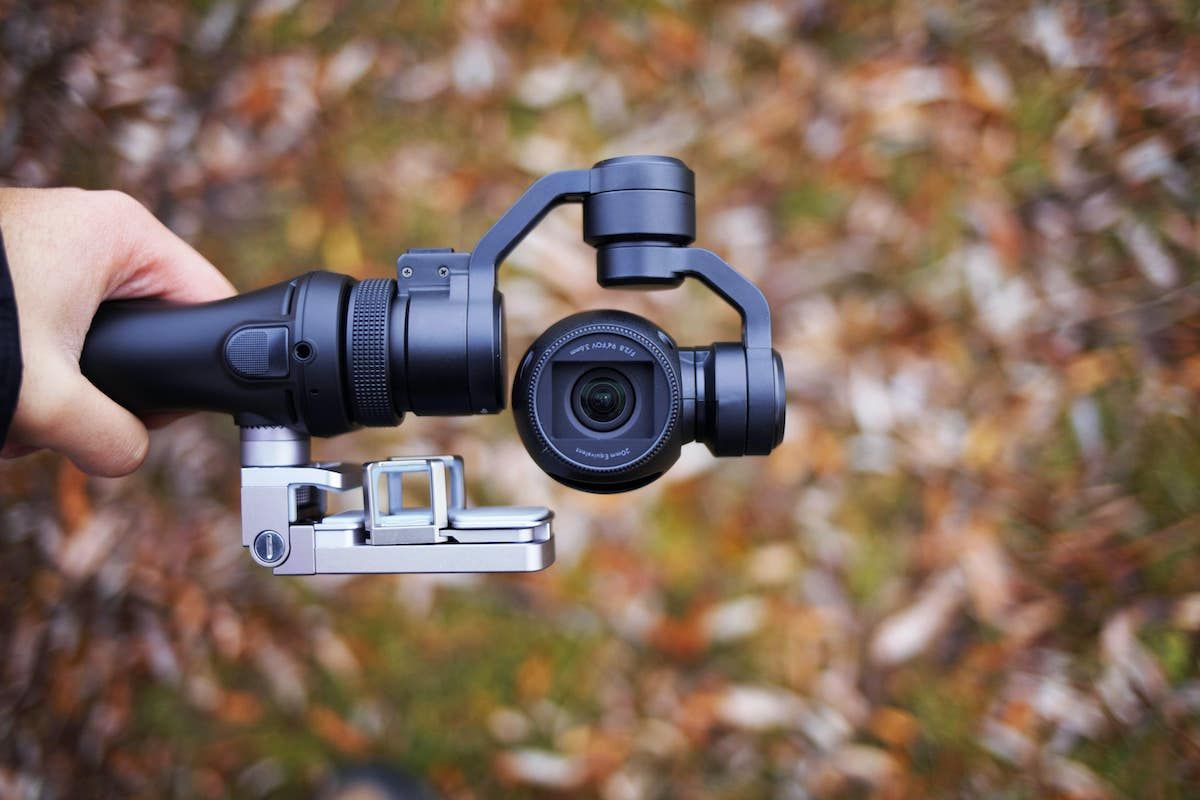What Is a Gimbal & 5 Ways to Use It for Professional-Looking Videos
Hire film gear from local filmmakers.

Hire film gear from local filmmakers.
If you’re serious about videography and filmmaking, you know how vital stable footage is.
Gimbals are the exact gear to achieve that - with them, every cinematic shot is so easy to make!
Keep reading to discover how gimbals work and the top 5 easy ways to use your gimbal.
Gimbals, stabilizers, tripods…What to choose, and how are they different? Find answers in our complete guide to camera equipment.
Choose your instructor
Gimbals 101: How To Use a Gimbal
Ever wonder how the pros get those perfectly smooth, cinematic shots? With gimbals! Learn more about how to use a gimbal with Andy Napleton! 👀
Trailer
8ruxy3GOtQ8
Intro
0
KU5nJy5Cq5U
Settin up a gimbal
51
Gimbal modes
434
Availability
1162
When not to use a gimbal
1207
When to use a gimbal
1312
Final words
1400
Wrap up
1437
Meet Your Instructor
8ruxy3GOtQ8
What you’ll learn
What is a camera gimbal
How to set up a gimbal
The 5 gimbal modes and examples of them
What kind of gimbal movements can you use
What is a gimbal?
A gimbal is a videography device that allows you to mount your camera or smartphone to tilt freely in any direction and remain stable.
Modern gimbals use complex electronics, sensors, and motors to avoid any external motion and ensure the camera has a stable platform to film from.
This translates to smooth, fluid footage of moving objects without the camera shaking, even when the camera operator moves along with the object. This footage stability is a crucial element in pro-level video making.
How does a gimbal work?
A regular gimbal features 3 axes - pitch, yaw, and roll. The pitch axis refers to the up and down movement, the yaw axis - to the left-to-right horizontal movement, and the roll axis allows for capturing subjects with off-center angles.
This 3-axis system helps the gimbal pick up on any unwanted bumps and vibrations in your camera and footage and stabilize those moments with the help of motors.

5 ways to use a gimbal for shooting smooth-looking videos

1. Dolly in/dolly out
Find something in the foreground, move your camera to the left or right, and keep the focus on the background to add depth.
2. Tracking shot
Circle around your subject to achieve the tracking shot, or follow them as they’re in the center of the frame.
3. Pan/tilt
Just move your gimbal horizontally from left to right or vice versa.
4. Crane shot
A crane shot will allow you to alter your perspective and go from low to high in a short timeframe. So get on your knees, focus your gimbal on the subject, and gradually lift yourself.
5. Pull back
This one is easy - walk backward! This shot is perfect for adding some drama to scene finales or spicing up your shot transitions with some creativity.

How to use a gimbal with your iPhone
- Step 1: Remove your phone casing.
If you have any case for your iPhone, remove it before mounting it on a gimbal.
- Step 2: Balance the gimbal.
To achieve the correct balance, slide the smartphone as close as possible against the tilt axis motor. Next, loosen the Roll (Y) Axis Thumb Screw on the back to adjust the gravity center by sliding the horizontal arm.
- Step 3: Correct the gimbal’s balance.
Make sure your gimbal is correctly balanced. When your iPhone stays in level in power OFF status, it means it’s balanced. If your gimbal works well but falls within one minute or so or lights up red on the bottom, the balance isn’t set up correctly.
Tip: to avoid the gimbal holder scratching your iPhone, you can still use it with its case on, but you’ll need to get a counterweight to balance out the case.
Discover the 7 best gimbals
We hope this short and easy guide explained a bit more about the gimbal world! Now, it’s time for the next step: the different gimbals themselves.
Check out our compilation of the best gimbals in 2023, and maybe find yourself a new stabilizer friend for your next videomaking project!
How to use a gimbal with an iPhone?
Step 1: Remove your phone casing.
Step 2: Balance the gimbal - slide the smartphone in as close as possible against the tilt axis motor. Loosen the Roll (Y) Axis Thumb Screw on the back to adjust the gravity center by sliding the horizontal arm.
Step 3: Correct the gimbal’s balance.
How to use a mic with a gimbal?
Attach an arm and a cold shoe to the gimbal, and then attach your mic to the cold shoe. You can connect the mic to your phone with a suitable adapter.
How does a gimbal work?
The 3-axis system helps the gimbal pick up on any unwanted bumps and vibrations in your camera and footage, and stabilize those moments with the help of motors.
























